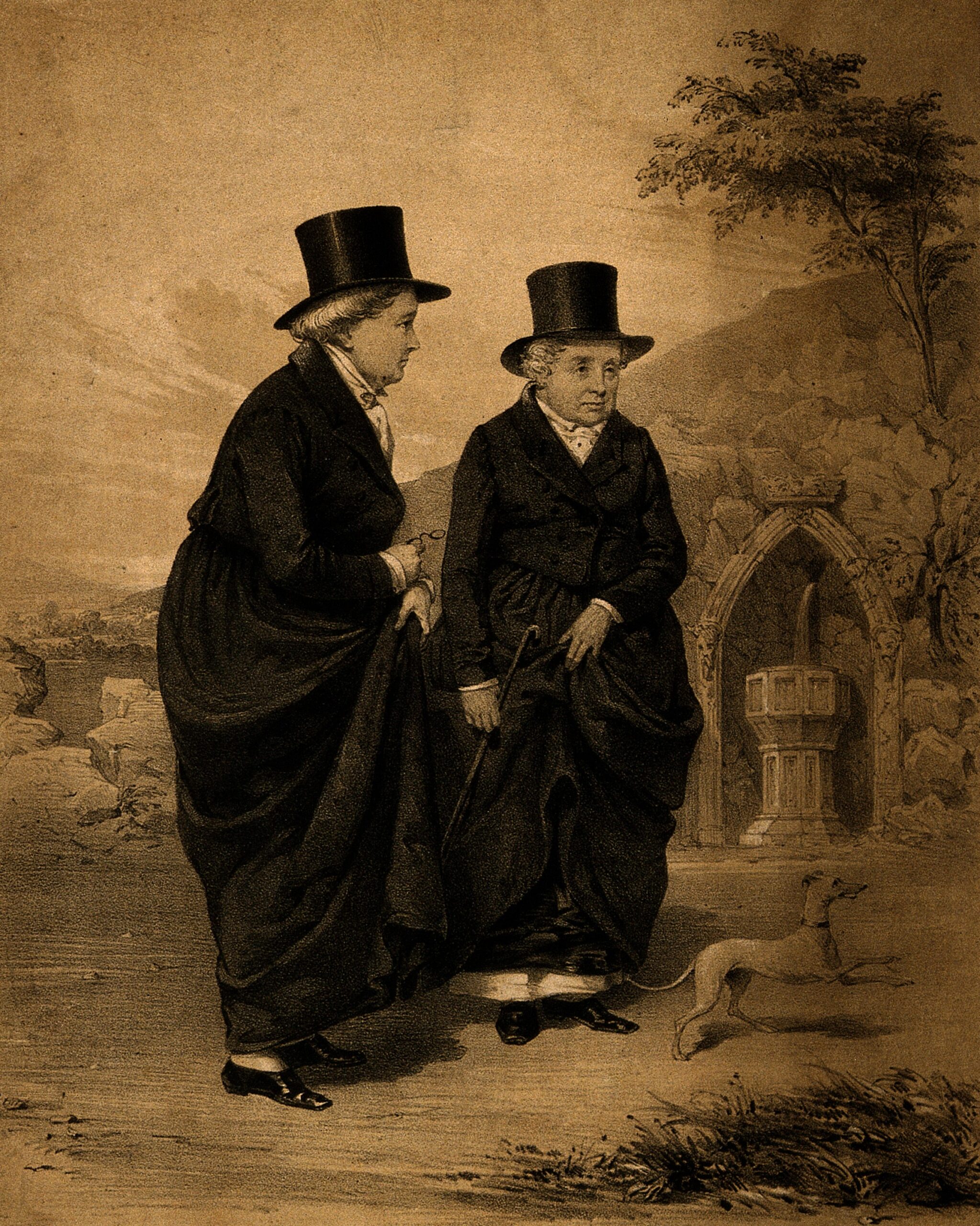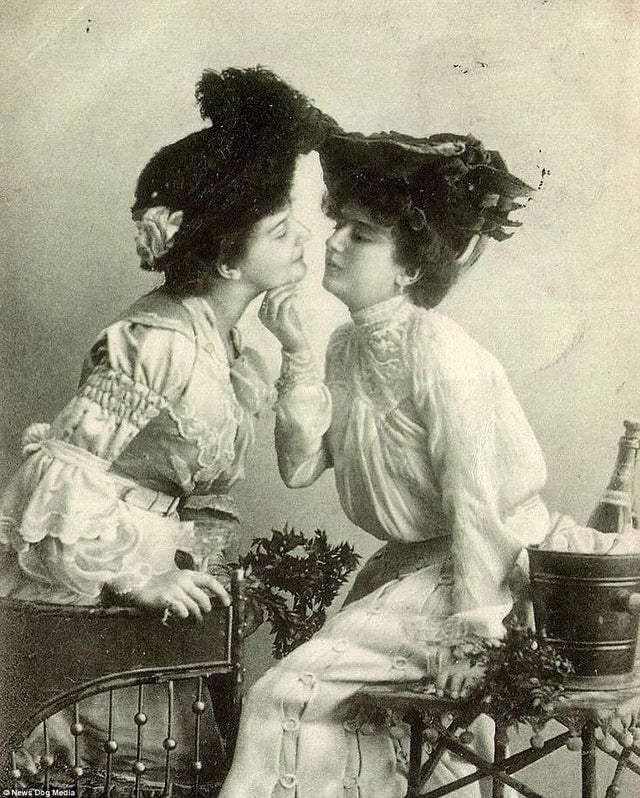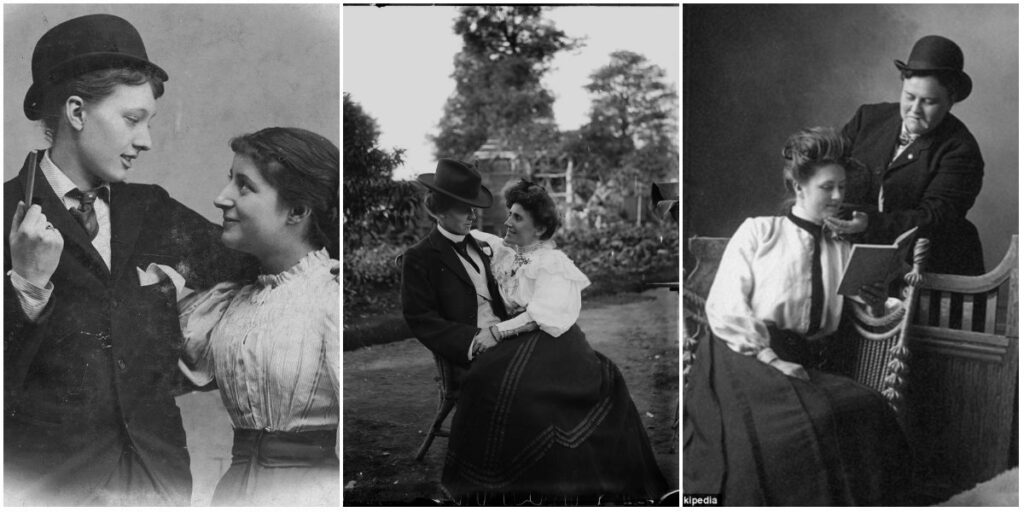“Has It Ever Been a Crime to Be Lesbian in England? Unveiling the Hidden History”

The legal and social status of lesbian women in England has been complex and shaped by centuries of cultural, religious, and legal norms. While male homosexuality was explicitly criminalized for centuries, the question of whether lesbianism was ever legally considered a crime in England is more nuanced. This article explores the history of lesbianism within English law and society—looking at the absence of explicit legal prohibition, societal attitudes, and the lived realities of women who loved women.
🏛️ Legal History: Male vs Female Homosexuality
English law historically focused on male homosexuality, known as “sodomy” or “buggery.”
- The Buggery Act of 1533 under Henry VIII criminalized “the detestable and abominable Vice of Buggery,” punishable by death. This targeted male same-sex acts but did not explicitly mention women.
- The Labouchere Amendment of 1885 introduced the offense of “gross indecency,” used famously to prosecute Oscar Wilde, but this again targeted male homosexual acts and was rarely applied to women.
- No law explicitly criminalized female same-sex sexual acts. The absence of legal language criminalizing lesbianism means it was never officially treated as a crime in the same way as male homosexuality.
⚖️ Why Weren’t Lesbians Criminalized Like Gay Men?
Several reasons contribute to the legal absence of lesbian criminalization:
- Patriarchal and heteronormative assumptions: Women’s sexuality, especially same-sex desire, was often invisible or dismissed as less threatening.
- Lack of penetrative sex as a legal focus: Laws against sodomy often hinged on penetrative acts, which were difficult to define or prove between women.
- Societal disbelief or ignorance: Female homosexuality was often ignored or misunderstood, seen more as a psychological or moral failing than a legal offense.

👩❤️👩 Social Attitudes Toward Lesbianism
Despite no explicit laws, lesbian women faced harsh social condemnation and marginalization.
- Female same-sex desire was often described in medical and psychiatric texts as “sexual inversion,” “hysteria,” or “deviance.”
- Women suspected of lesbianism could face ostracism, institutionalization, or forced “cures.”
- Lesbian relationships were often kept secret due to fear of social ruin, family rejection, or violence.
🕵️♀️ Instances of Persecution and Legal Action
While the law didn’t criminalize lesbian sex, women could still be targeted through:
- Charges of indecency, disorderly conduct, or vagrancy, used to police non-normative behavior.
- Moral panic cases, where women living together or “cross-dressing” were accused of scandalous or immoral conduct.
- Psychiatric institutionalization, especially in the 19th and 20th centuries, to “treat” women deemed sexually deviant.
- In some rare cases, female relationships were exposed during broader morality investigations.
🌈 Changes in the 20th and 21st Centuries
The sexual revolution and LGBTQ+ rights movements transformed social and legal attitudes.
- The Sexual Offences Act 1967 decriminalized consensual sex between men over 21 in private, but lesbian sex was never illegal and thus not affected.
- Lesbian women began to organize openly, form communities, and assert their identities.
- Over time, laws evolved to include anti-discrimination protections and marriage equality (legalized in England and Wales in 2014).
- Today, lesbian rights are recognized and protected, though social challenges persist.
📚 Notable Historical Figures and Cultural Impact
Several women historically associated with lesbianism contributed to culture and history, often under pressure of secrecy:
- Writers like Radclyffe Hall, author of The Well of Loneliness (1928), faced censorship but helped bring lesbian identity into public awareness.
- Artists, activists, and everyday women who lived outside societal norms helped shape queer history in England.
🧠 Conclusion: No Laws, But Persistent Persecution
While lesbianism was never explicitly criminalized by law in England, women loving women endured social persecution, stigma, and institutional control. Their sexuality was often rendered invisible by law, but not by society.
This legal invisibility both protected and erased lesbian women—protecting them from criminal prosecution but erasing their experiences from history and law.
Understanding this complex legacy is vital for appreciating the long struggle for LGBTQ+ rights and recognition, and honoring those who lived with courage in the shadows of invisibility.





